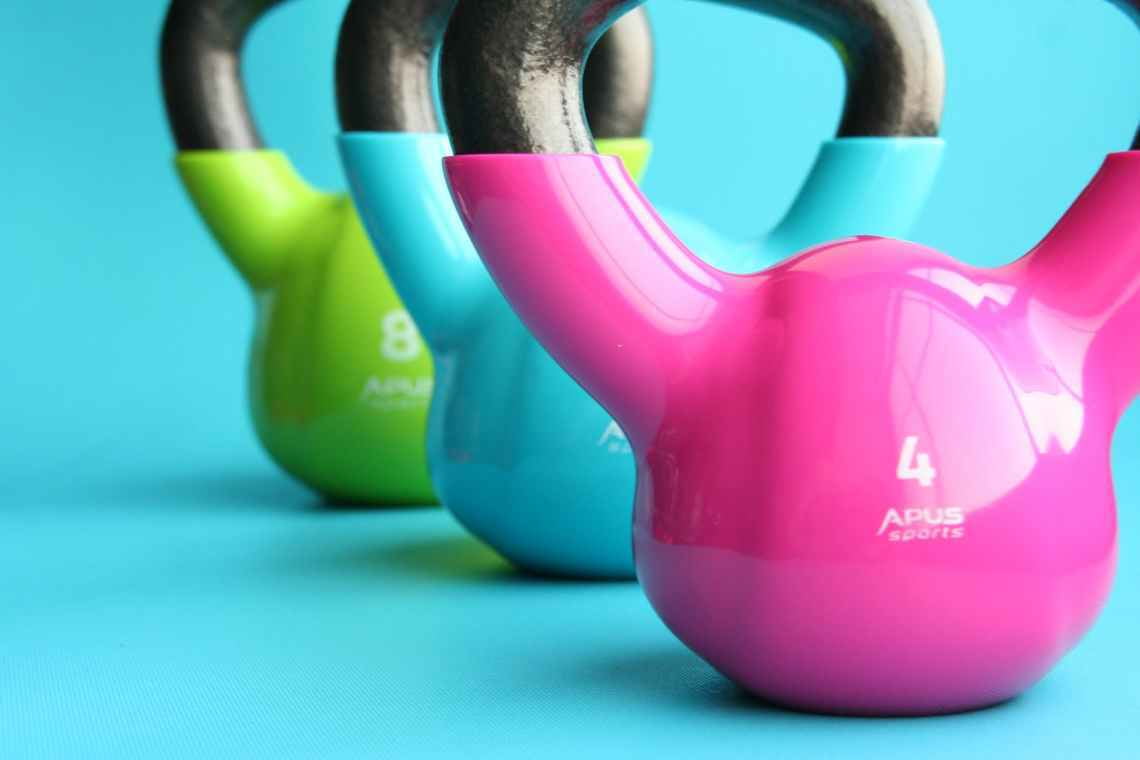Let me forewarn you, there is NO one formula or online calculator that is going to be able to perfectly estimate what your calorie and macro targets should be. Formulas are imperfect and each body is unique.
However, if you want to calculate your macros on your own, I recommend forgoing the calculator method and begin determining your baseline calorie needs by tracking what you are eating.
Your baseline calorie intake is essentially the number of calories you are currently eating in order to maintain your weight. You first need to determine your maintenance calories before you can determine the number of calories and macros for fat loss.
#1 Determine Your Maintenance Calories
To do this, download a food tracking app like My Fitness Pal orLoseIt (the app I use with my clients).
Log your food for a couple weeks before determining your average calorie intake over those weeks. If you are impatient like me, track your intake for at least one full week.
Make sure you are tracking on a fairly ‘typical’ week for you as opposed to a week where you are eating out more frequently or have several events that include food.
As you track you may begin to notice some not-so-great eating habits of yours. Self-awareness is good (it’s one of the main benefits of tracking) but for this exercise–ignore what you are seeing!
The purpose of tracking is to understand where you are with your current diet habits and nutrient levels. Only after determining your baseline, and when you begin flexible dieting should you make adjustments.

#2 Determine Your Calorie Deficit Target
Okay, now that you know how to determine your average baseline calorie intake, you are ready to calculate your target calories and macros. Since most of my female clients are looking to lose weight, I will give you an example of how to calculate your macros for weight loss.
The first thing to do is to determine your calorie deficit. Because weight-loss should be more of a slow and gradual process to prevent a plummeting metabolism or rapid muscle loss, I recommend between a 10-30% calorie deficit from baseline.
A 20% calorie deficit from baseline is ideal for most clients.
Note: a certain amount of people may need to actually increase their calories for weight-loss if they have been chronically dieting and have been in a deficit for a long period of time. While most people are eating too much and/or not the right proportions of macronutrients – others simply need to eat more food to jump start their metabolism before then entering a calorie deficit. This is known as reverse dieting but is a completely separate discussion. For the purpose of this exercise, I’m going to stick with an example of lowering calories from baseline to achieve weight-loss.
Now, take your baseline or maintenance calories you determined while logging your food, and multiply it by your deficit percentage to get your total calories.
Here’s an example of the calculation:
If you were eating 2000 calories at baseline (2000 x 20% = 400 calorie deficit) → (2000 – 400 = 1600 calories calories for weight-loss)
This would mean your total calories for weight-loss would be set at 1600 calories.
#3 Determine Your Macronutrient Breakdown
From there you will want to determine what percentage of your calories should be coming from carbs, protein, and fat.
These percentages should be personalized to the individual and his or her goals but most people will fall between the following ranges for weight-loss:
Carbohydrates: 4 calories per gram; 30–60% of total daily calories
Proteins: 4 calories per gram; 20–35% of total daily calories **
Fats: 9 calories per gram; 20–35% of total daily calories\
** Note: an alternative method to calculate protein is per pound or kilogram of body weight or lean mass.
Weight-loss research supports 1 to 1.6 grams of protein per kilogram (kg) of body weight is ideal for fat loss and lean body mass preservation. To do this, convert your body weight in pounds to kilograms dividing your body weight by 2.2 (e.g.,170 pounds/2.2 pounds per kg = 77 kilograms; 77 kg x 1.6 g/kg =123 g of protein total).
To choose the best macronutrient percentage you want to consider the following:
How active you are you?
What type of exercise you participate in regularly?
Current body composition
Weight category (normal, overweight, obese)
Hormonal imbalances/conditions
Those who are athletic or already fairly lean will require more protein because they have less little body fat to spare for energy, therefore, percent of calories from protein should be at the higher end of the range to prevent degradation of lean mass.
If you have substantial amounts of weight to lose, you will require less protein because you have more body fat to spare for energy use during weight-loss.
If you are active and participate in endurance sports like running or cycling or even regular anaerobic activity like HIIT or strength training- you may need to select a ratio of carbohydrate at the higher end of the range. Whereas if you are doing mostly low-impact activity like walking or strength-training you can afford to be eating a lower percentage of carbs.
Those who have hormonal imbalances and don’t process carbs as well (e.g. pre-diabetics, diabetics, or those with PCOS) may benefit from a lower percentage of carbohydrates due to insulin resistance.
Figuring out what macro ratios are best for you can be a bit tricky and sometimes you have to simply try something to see if it works or not. But staying within the ranges above are a good place to start.

#4 Calculate Number of Grams From Carbs, Protein, and Fat.
Once you have determined what macronutrient percentages are appropriate, multiply those percentages by the your weight loss calories.
As an example, let’s pretend I have a client who is overweight, pre-diabetic, and currently participates in very little activity but occasionally walks.
Because of the combination of being inactive and pre-diabetic, I may choose to start her off on the lower end of the carbohydrate range (40%), moderate amounts of protein (20%), and the remainder of calories from fat (30%).
To calculate carbs ((1600 x 40% = 640 cal from carbs)/ 4 cal per g of carb) = 160 g of carbs
To calculate fat ((1600 x 30% = 480 cal from fat)/9 cal per g of fat) = 53 g of fat
To calculate protein ((1600 x 25% = 400 cal from protein/4 cal per g of protein) = 100 g of protein
In summary, this client’s calorie and macro targets would be: 1600 calories, 160 grams of carbohydrates, 53 grams of fat, and 100 grams of protein.
#5 Calculate Number of Grams of Fiber
But wait, there’s more! We can’t forget fiber. Fiber, while not a macronutrient, is a non-digestible carbohydrate that the body needs for blood sugar regulation, cholesterol reduction, satiety, and even feeding our probiotics (good bacteria in our gut).
Practically everyone can benefit from a substantial amount of fiber especially if weight-loss is your goal. To calculate fiber, for every 1000 calories you consume – you need about 14 grams of fiber.
Using the same example, at 1600 calories the client would need 22 grams of fiber (14 x 1.6 = ~ 22g of fiber)
The toughest part about calculating your macros is figuring out what macro percentages are right for you. If you have any questions about calculating your macros, comment below or shoot me a message on IG.
And if want to bypass the guessing game and get some dialed-in macros from the start, I’d be happy to help you out there as well. Check out my signature program Eat Fit For Fat Loss where you not only get custom macros but learn how to implement tracking macros to lose weight, and keep it off!